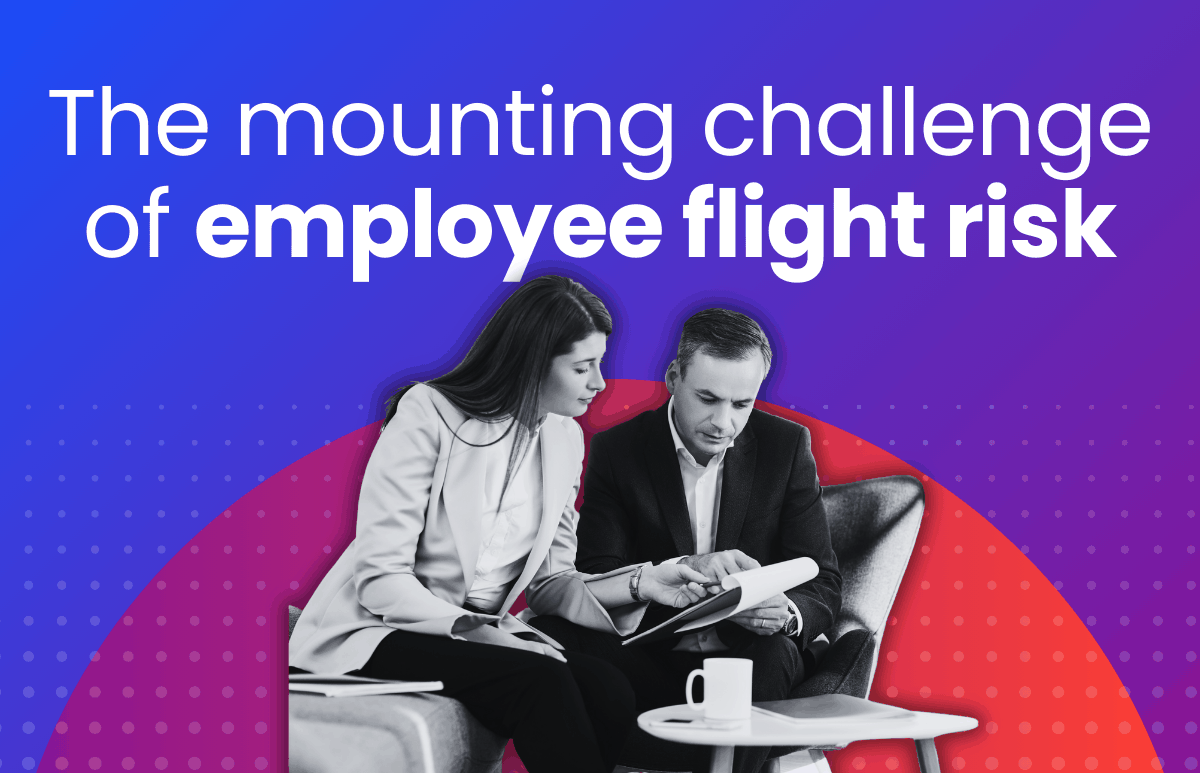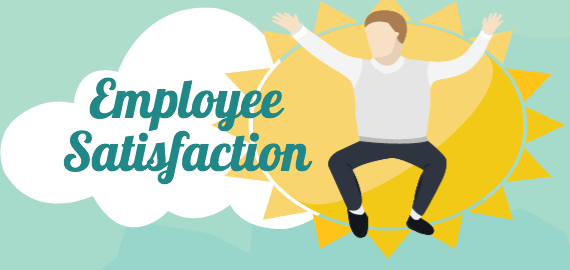3 Predictive HR Metrics to Build Business Resilience
HR metrics are a vital ingredient in understanding how your people function is performing.

Yet according to ELMO’s 2022 HR Industry Benchmark Report, more than a quarter of HR professionals in Australia and New Zealand don’t measure the performance of their HR department at all.
Pleasingly, that figure is a six point drop on the previous year’s survey and so it appears metrics are on the radar of more and more HR professionals out there. The trend makes sense, given the uptake of HR technology since the first lockdown in 2020.
What are HR metrics?
HR metrics is an umbrella term that refers to a variety of calculations that can be tracked and analysed to measure trends within HR’s remit. HR metrics can include general workforce trends, as well as measurements that are specific to recruitment, onboarding and performance management.
The most commonly used HR metrics include:
- Turnover rate
- Absenteeism
- Time-to-fill
- Cost-per-hire
- Productivity-per-employee
Read more: For calculations and examples, download ELMO’s free checklist 8 Essential HR Metrics to Track
So why don’t more organisations keep an eye on HR metrics? Well, with manual systems it can be extremely time-consuming to extract data across various sources. What’s more, if the data sources aren’t standardised, HR professionals may not have one reliable “source of truth”.
But as an increasing number of organisations ditch their manual systems and spreadsheets, more will be able to harness the data and visualise what’s going on within their business.
While analysing workforce data is nothing new, there’s now so much more that can be measured. Surveying technology has made it quick and easy to solicit feedback, either routinely through a regular engagement survey or during critical moments that matter, such as onboarding. Data can be captured throughout the entire employee lifecycle and visualised in dashboards, highlighting key trends over time.
The rise of predictive analytics
Predictive analytics is considered the ‘holy grail of HR’. The ability to identify trends and take action to change the trajectory of that trend is incredibly powerful, especially when it’s applied to an organisation’s most costly asset – its people. Predictive analytics enable an organisation to become more resilient to external factors, such as a talent shortage or a recession.
It requires the right technology to compile a large amount of historical and present data, before applying predictive or prescriptive analysis to forecast future outcomes. Generally speaking, the more data available, the more accurate the analysis will be.
The 2022 HR Industry Benchmark Report found only 3% of organisations are at this level of maturity with their HR metrics. But that doesn’t mean it’s something you should ignore. Predictive analytics may not be on your priority list now but it requires a large amount of data. The sooner an organisation begins compiling and storing HR data, the more it will have available to analyse in future.
To give you an idea, here are three predictive HR metrics to build better business resilience.
Flight risk
Flight risk is the period in which an employee is more likely to leave your business. Those predictions will be impacted by a variety of leading indicators, such as age, tenure in the business, the department and industry they’re in.
Being able to pinpoint flight risk at a department and organisational level is hugely powerful – especially for niche and hard-to-fill roles. HR and managers can apply targeted action to retain those employees, potentially saving thousands of dollars in recruitment costs. Of course, some turnover is inevitable and in fact, perfectly healthy. But your most valuable employees might just be craving a fresh opportunity or challenge, rather than a new employer.
Regrettable loss
Similar to flight risk, this metric looks at which employees would be a regrettable loss if they left the business. Perhaps they’re consistently high performers, they have hard-to-replace skillsets, or they have leadership potential. These people are worth their weight in gold.
Calculating regrettable loss involves combining performance management and succession planning data with the trends identified through analysing turnover and flight risk. This knowledge can be used to inform retention strategy, helping HR to take a more targeted and cost-efficient approach.
For example, if an employee is flagged as a regrettable loss, HR should encourage their manager to begin career conversations with their team member and discuss their next steps. This type of proactive action demonstrates a genuine commitment to their career and their long-term future.
Hiring success
Hiring success is another fascinating predictive metric to look at. This algorithm identifies trends between high performers to identify certain characteristics that have contributed to their success.
The aim is to use this insight during the recruitment process, seeking out those characteristics within candidates to increase the ratio of high performers entering into the business
Of course, there are many different factors to explain why some people are more successful in their role than others – and sometimes it’s to do with the business or department, rather than the individual. But with enough data, insightful trends and patterns can emerge.
Visit the ELMO website to learn more about ELMO Predictive People Analytics.
ELMO Software is a cloud-based solution that helps thousands of organisations across Australia, New Zealand and the United Kingdom to effectively manage their people, process and pay. ELMO solutions span the entire employee lifecycle from ‘hire to retire’. They can be used together or stand-alone, and are configurable according to an organisation’s unique processes and workflows. Automate and streamline your operations to reduce costs, increase efficiency and bolster productivity. For further information, contact us.
 HR Core
HR Core 









